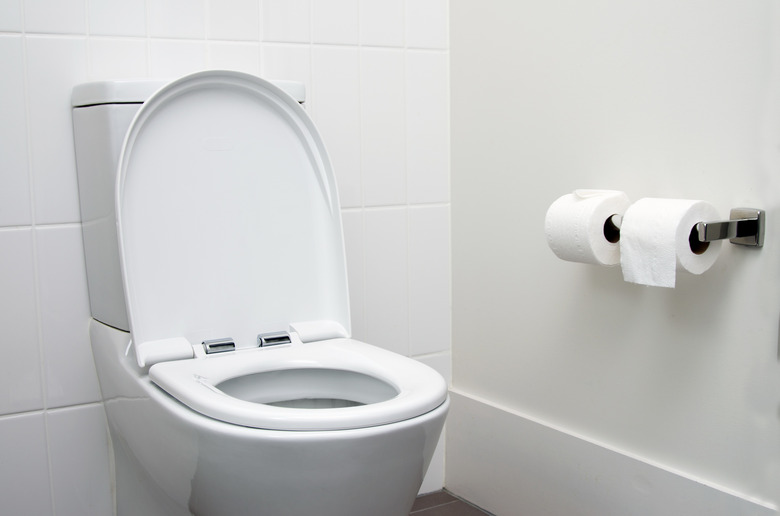How Above Ground Septic Systems Work
Above-ground septic systems, referred to as mound systems, were developed to compensate for poor-absorbing local soils that cannot support a standard underground septic system. Many of these systems are found in areas where there is no public sewer and traditional septic systems can't be used.
Simple Waste Management System
Simple Waste Management System
All septic systems are designed with two primary components. The first is the septic tank, made of a watertight concrete or fiberglass to collect solid waste called "sludge." The second component incorporates the local soils to absorb the liquid sewage (effluents) through an underground system of perforated pipes, delivering the liquids to a designated area, known as the leach field.
Not all soil and site conditions are suited for standard septic systems, notes the Humboldt County Department of Health and Human Services. When local soils do not have the capacity to absorb effluents properly, an artificial system can be created above ground, known as a mound system. Mound systems are suitable for soils with a limiting layer 12 to 36 inches from the surface, according to Ohio State University Extension.
Up and Out
Up and Out
A typical mound system has three working parts. These are the septic system, the pump chamber and pump, and the mound with its replacement area.
As with the underground system, the septic tank in a mound system is buried underground. Depending on the design, there may be two tanks or one tank with two chambers. The first tank, or chamber, holds the solid waste while the second tank (dosing chamber) collects the liquid waste. This second chamber has a built-in sump pump that pumps liquid wastes up to the above-ground absorption mound.
Layered Sand, Gravel and Soil
Layered Sand, Gravel and Soil
The first layer of the mound is a tilled-up layer of the soil found on the septic tank site. Next, a layer of sand is spread over the locally tilled soil. Then a layer of gravel and piping is strategically arranged and connected to the dosing chamber below. The gravel is then covered with a construction grade fabric and finally, another layer of soil finishes the absorption mound.
The final layer of soil is enriched so that grass will grow quickly over the mound to help prevent erosion problems. The mound needs to be kept clear of shrubs and trees since the roots may compromise the piping.
Mound systems are typically long and narrow and must be built along the contours of the building lot. Ohio State University Extension points out that for a three-bedroom home, a mound system may extend up to 200 feet long, depending on the soil and the lot; for larger homes, up to 30 feet per bedroom is added to the length of the system.
Putting It All Together
Putting It All Together
When the toilet is flushed or the bathtub drained, the waste goes directly into the septic tank. Solids remain in the first tank, while the second chamber collects the liquid waste. This waste (effluent) is then pumped up and spread through the gravel and sand layers. These effluents filter naturally through the soil, being recycled into the environment, mainly as ideal fertilizer for the top layer of soil.
Mound systems, like all septic systems, need regular professional care. This includes pumping of the the dosing and septic tanks roughly every one to five years, according to Ohio State University Extension.
